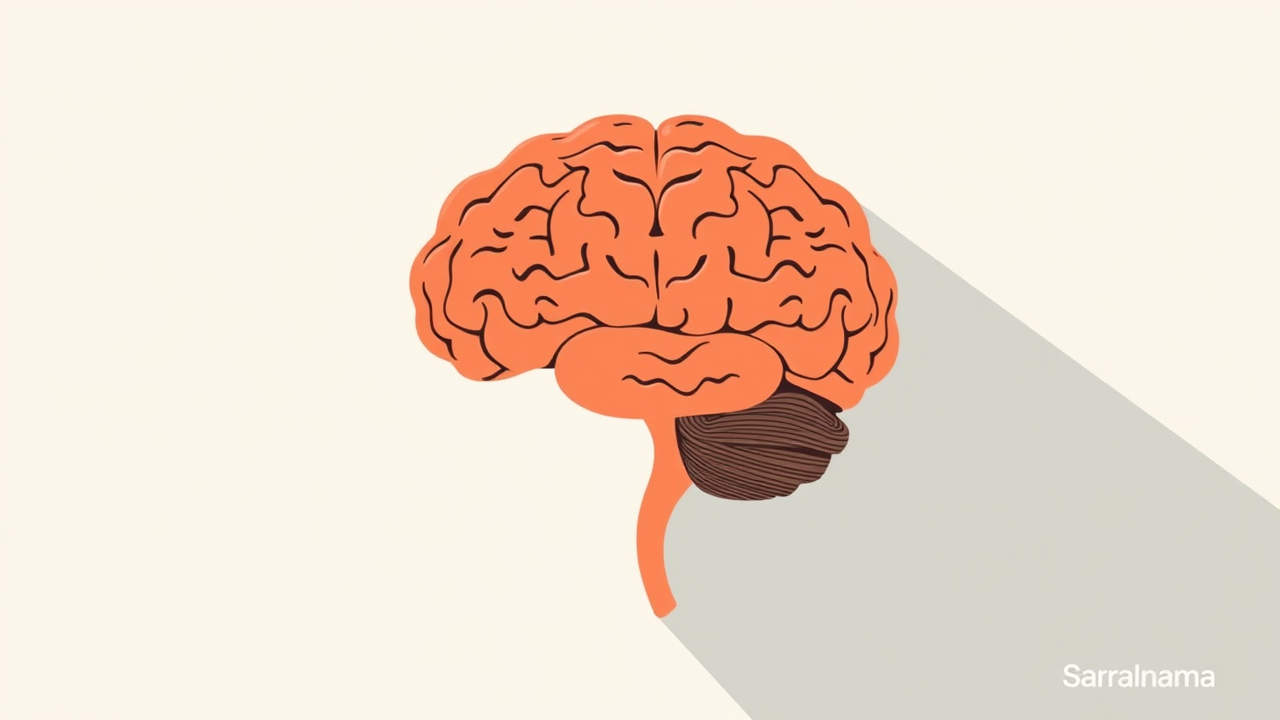 Saralnama
SaralnamaWhat happens inside the human brain before and after Vipassana meditation? A neurologist explains the effects in New Delhi. Vipassana, an ancient meditation technique, shifts brain activity from stress centers to areas of attention and awareness. Regular practice can reduce the amygdala's size and strengthen regions linked to focus and self-control. Brain scans of experienced meditators show increased grey matter in areas related to attention and emotional balance. Noticeable effects appear after a few weeks of daily 20-30 minute sessions, while structural changes take months or years. For brain health, 20-45 minutes of daily practice is ideal. While generally safe, intensive meditation may cause temporary restlessness in some individuals. Experts advise starting under guidance and progressing gradually for long-term neurological benefits. (Updated 17 Oct 2025, 20:51 IST; source: link)
Key Points
- What happens inside the human brain before and after Vipassana meditation
- A neurologist explains the effects in New Delhi on 25 Mar 2024
- Vipassana, an ancient meditation technique, shifts brain activity from stress centers to areas of attention and awareness
